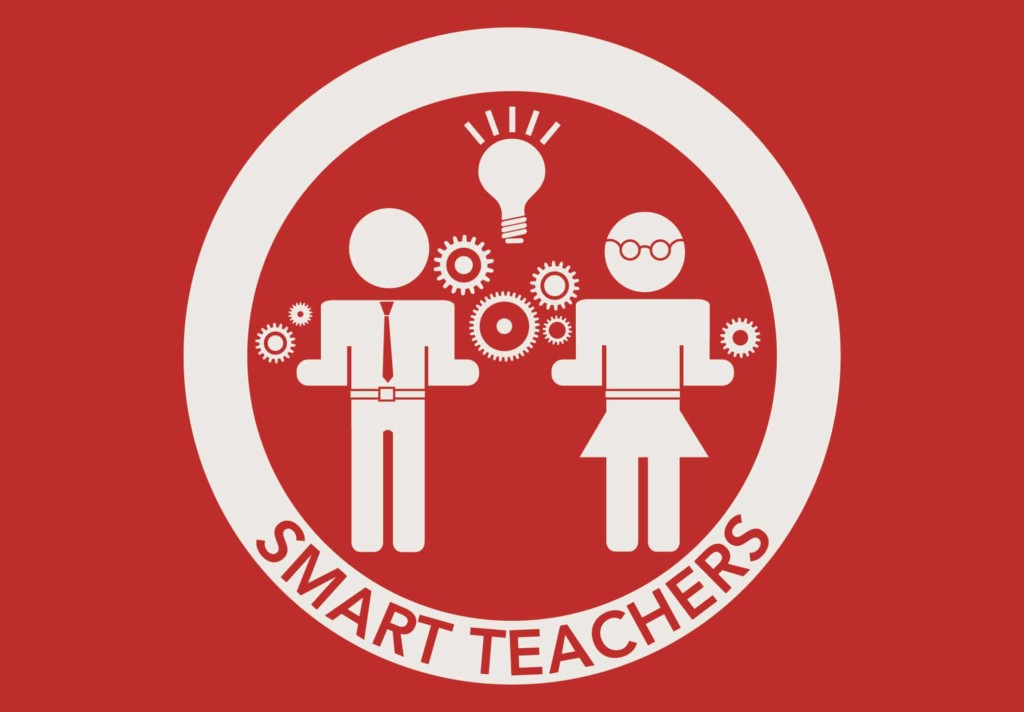Don’t Leave Your Learning Behind: What To Do Now That #ISTE2014 Is Over

With hundreds of opportunities to learn at ISTE2014, whether in formal sessions or tangential conversations, attendees have quite possibly reached the upper limit of their cognitive loads. And as the thousands of educators head home from Atlanta, the same question will be on all of our minds; how do I use what I learned at ISTE in my school or classroom? Certainly, there are a number of opportunities to consider. But as you begin to build the bridge between theory to application, the following ideas may help you along the way.
Blog About It
Blogging takes many forms, and it is readily available. While blogging can be a great way to share your voice with others, the transformative nature of maintaining a blog is in the reflective opportunities which it creates. Basic educational psychology taught us all that reflection is key to encoding new learning into long term memory. As ISTE concludes, start or awaken your own blog. Write about the impact, ideas, and impressions that the conference had on you. Document your questions in order to have them as you search for new solutions. Whatever platform you choose to use, develop a habit of regular blogging to maintain a conversation with yourself. You are not required to share your blog with anybody, though doing so can augment the learning process. Regardless, start blogging now, because our thoughts and ideas come and go, but with a blog, we can always go back to revisit them.
Schedule Your Idea Implementation
The quickest way to kill your idea implementation before it ever gets started is to assume someone is going to prompt you to do it. It takes courage and initiative to enact change in everything we do, especially in the classroom. And unfortunately, for most of us, nobody is going to tell us when the right time to apply that stuff we learned at ISTE2014 in our classroom practices. Scheduling a time frame for each new idea will support bridging the gap by holding us accountable and allowing us to plan all phases of our initiatives. It also allows us to ensure that we have the time, training, and resources required. Whether as a team or individually, schedule when you will apply what you learned at ISTE in your classroom, school, or central office location. You might consider varying time frames to assist you. What can you do the first day, the first month, the first semester, and the first school year after this conference? Answering them in your head isn’t enough to make them happen. Write your answers down and schedule them on a calendar or in your lesson plan book.
Create an Action Plan for How You Will Teach Others
Along the same lines as scheduling your idea implementation, identify opportunities for you to teach what you learned at ISTE2014 to others. If you’re an administrator, what did you learn at ISTE that you could teach to your staff when they return from summer break? If you’re a teacher, what did you learn at ISTE that you could teach to your colleagues in your next PLC meeting? While bringing new learning back to our districts or schools is a must, there a number of additional ways to teach others about what we learned while in Atlanta. There’s blogging, of course. But there are also podcasts, webinars, Twitter chats, websites, newsletters, online communities, and more. However you do it, teach someone what you learned, because keeping it to yourself is selfish and when we don’t share what we’ve learned with others, the newly acquired knowledge is fleeting.
Be Slow and Methodical
One of the biggest temptations after leaving ISTE is to want to implement every good idea or pedagogical practice that you saw or heard. That ambition is a good thing, but doing too much at one time is not. Vickie Davis said to “innovate like a turtle,” meaning to pick three things you learned at ISTE and take the steps necessary to implement them slowly and methodically. This idea speaks to the notion of depth versus breadth, which we are all quite mindful of when our students are the learners. Perhaps this could be your first blog post, the three most applicable things you learned at ISTE2014. What better way to initiate the post-conference learning process. Now, surely there are more than three valuable insights that you gained while here. And the time to try out all of them will come. But if you insist on applying them now, you run the risk of corrupting your classroom practices and burning yourself and your students out by trying to force too much to work too soon.
What would you add to this list? What were the meaningful lessons you learned at ISTE2014? Who are you going to teach them too? And, how will they affect your your students’ learning experiences? ISTE provided hundreds of opportunities to learn about education, now it is our responsibility to make that learning last.






0 Comments
Leave a Comment
Your email address will not be published. All fields are required.